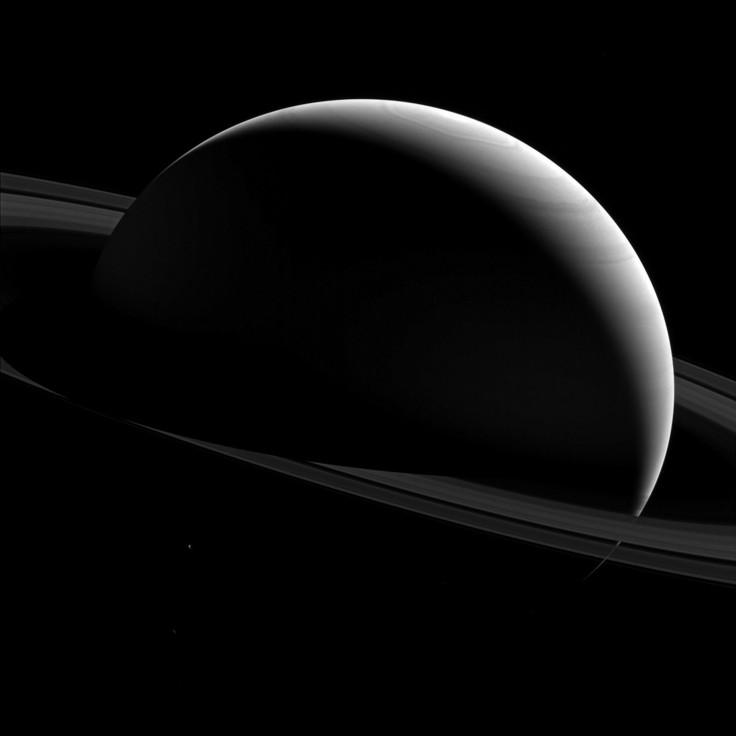Titan may host non-water-based life

NASA's Huygens and Cassini missions have revealed that Saturn’s moon Titan may support non-water-based life. The missions provided invaluable data on chemical elements found on Titan, and Cornell scientists have been able to find a chemical trail that suggests that prebiotic conditions may exist there.
Titan possesses Earth-like terrain such as lakes, rivers and seas. However, instead of water, these are filled with liquid methane and ethane. Titan’s atmosphere that appears as a yellow haze contains nitrogen and methane. Hydrogen cyanide is produce as soon as sunlight hits Titan’s toxic atmosphere. Hydrogen cyanide is a key component for prebiotic conditions.
The organic chemical reacts with other molecules and even itself to form long chains known as polymers. Polyimine, one of the polymers produced, is a flexible chemical that allows mobility even at frigid conditions. It can turn into a catalyst for life as it absorbs energy of the sun.
Polyimine can accomplish amazing feats at low temperatures, especially under Titan’s conditions and can exist as various structures. The study, titled Polymorphism and Electronic Structure of Polyimine and Its Potential Significance for Prebiotic Chemistry on Titan, has been published in the journal Proceedings of the National Academy of Sciences.
Postdoctoral researcher in chemistry and lead author of the new study, Martin Rahm, believes that in case future data can show prebiotic chemistry in Titan, it would be a major scientific breakthrough.
“We need to continue to examine this, to understand how the chemistry evolves over time. We see this as a preparation for further exploration. If future observations could show there is prebiotic chemistry in a place like Titan, it would be a major breakthrough. This paper is indicating that prerequisites for processes leading to a different kind of life could exist on Titan, but this only the first step,” Rahm said in a statement.






